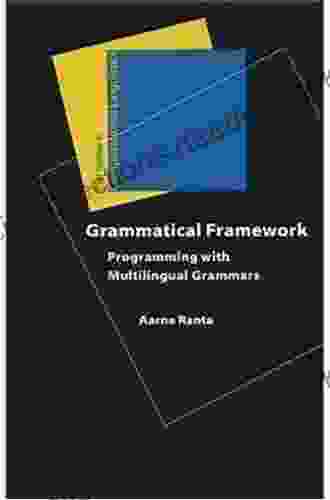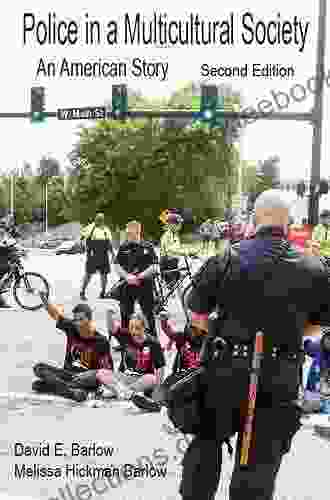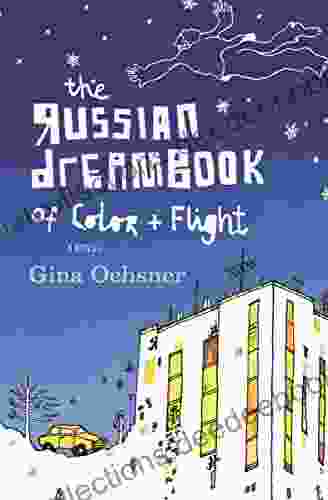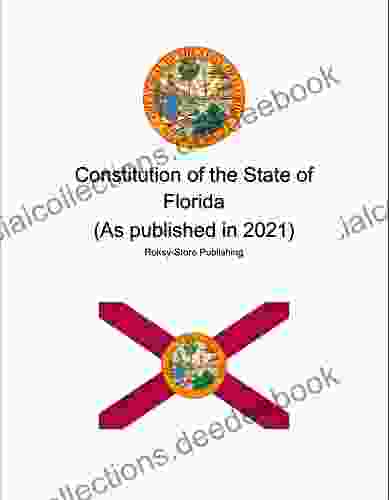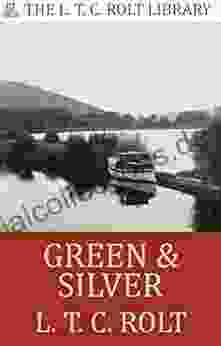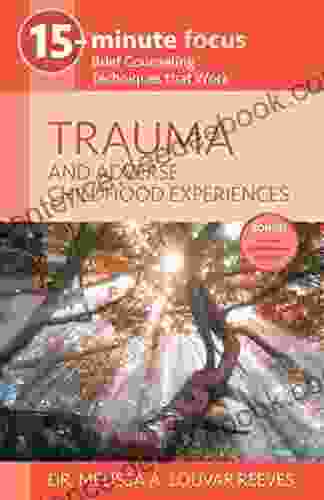Programming with Multilingual Grammars: Studies in Computational Linguistics

4.3 out of 5
| Language | : | English |
| File size | : | 10628 KB |
| Print length | : | 340 pages |
| Screen Reader | : | Supported |
Natural language processing (NLP) is a subfield of artificial intelligence that deals with the understanding of human language. One of the key challenges in NLP is the development of computational grammars that can represent the structure and meaning of sentences in different languages. Multilingual grammars are computational grammars that can represent the structure and meaning of sentences in multiple languages.
Programming with multilingual grammars is a challenging task that requires a deep understanding of both linguistics and computer science. However, it is also a very rewarding task, as it can lead to the development of powerful NLP applications that can be used to translate text, summarize documents, and answer questions in multiple languages.
In this article, we will explore the foundations of programming with multilingual grammars. We will discuss the different types of multilingual grammars, the techniques used to develop them, and the applications of multilingual grammars in NLP.
Types of Multilingual Grammars
There are two main types of multilingual grammars: universal grammars and language-specific grammars.
Universal grammars are grammars that are designed to represent the structure and meaning of sentences in all languages. Universal grammars are typically based on the idea that all languages share a common underlying structure.
Language-specific grammars are grammars that are designed to represent the structure and meaning of sentences in a specific language. Language-specific grammars are typically based on the idea that each language has its own unique structure and meaning.
The choice of which type of multilingual grammar to use depends on the specific NLP application. For applications that require the ability to translate text or summarize documents in multiple languages, a universal grammar is typically the best choice. For applications that require the ability to answer questions in a specific language, a language-specific grammar is typically the best choice.
Techniques for Developing Multilingual Grammars
There are a variety of techniques that can be used to develop multilingual grammars. These techniques include:
- Rule-based grammars are grammars that are based on a set of rules that define the structure and meaning of sentences. Rule-based grammars are typically hand-written by linguists.
- Statistical grammars are grammars that are based on statistical models of language. Statistical grammars are typically learned from a large corpus of text.
- Hybrid grammars are grammars that combine rule-based and statistical techniques.
The choice of which technique to use for developing a multilingual grammar depends on the specific NLP application. For applications that require a high level of accuracy, a rule-based grammar is typically the best choice. For applications that require the ability to handle large amounts of text, a statistical grammar is typically the best choice. For applications that require a balance of accuracy and scalability, a hybrid grammar is typically the best choice.
Applications of Multilingual Grammars
Multilingual grammars have a wide range of applications in NLP. These applications include:
- Machine translation is the task of translating text from one language to another. Multilingual grammars can be used to develop machine translation systems that can translate text between multiple languages.
- Document summarization is the task of summarizing a document into a shorter, more concise version. Multilingual grammars can be used to develop document summarization systems that can summarize documents in multiple languages.
- Question answering is the task of answering questions about a document. Multilingual grammars can be used to develop question answering systems that can answer questions in multiple languages.
Multilingual grammars are a powerful tool for NLP researchers and developers. They can be used to develop a wide range of NLP applications that can help people to communicate and understand information in multiple languages.
4.3 out of 5
| Language | : | English |
| File size | : | 10628 KB |
| Print length | : | 340 pages |
| Screen Reader | : | Supported |
Do you want to contribute by writing guest posts on this blog?
Please contact us and send us a resume of previous articles that you have written.
 Novel
Novel Chapter
Chapter Text
Text Story
Story Genre
Genre Reader
Reader Paperback
Paperback Magazine
Magazine Bookmark
Bookmark Shelf
Shelf Glossary
Glossary Bibliography
Bibliography Preface
Preface Footnote
Footnote Manuscript
Manuscript Codex
Codex Tome
Tome Bestseller
Bestseller Biography
Biography Memoir
Memoir Reference
Reference Encyclopedia
Encyclopedia Dictionary
Dictionary Resolution
Resolution Catalog
Catalog Card Catalog
Card Catalog Stacks
Stacks Research
Research Scholarly
Scholarly Lending
Lending Reserve
Reserve Academic
Academic Journals
Journals Reading Room
Reading Room Rare Books
Rare Books Special Collections
Special Collections Interlibrary
Interlibrary Storytelling
Storytelling Reading List
Reading List Book Club
Book Club Aanewyork
Aanewyork Yanek Mieczkowski
Yanek Mieczkowski Michael R Underwood
Michael R Underwood Gonzalo De Berceo
Gonzalo De Berceo William Edgar
William Edgar Chris Pauls
Chris Pauls Leanne Howe
Leanne Howe Aaron H Oliver
Aaron H Oliver Aakash Singh Rathore
Aakash Singh Rathore Julie Klam
Julie Klam Samuel Applebaum
Samuel Applebaum Jack Weatherford
Jack Weatherford Denise K Loock
Denise K Loock Sabine Durrant
Sabine Durrant Nicoletta Arbia
Nicoletta Arbia Jill A Lindberg
Jill A Lindberg Lisa Owings
Lisa Owings Pam Barnhill
Pam Barnhill John Riedl
John Riedl Lindsey Buboltz
Lindsey Buboltz
Light bulbAdvertise smarter! Our strategic ad space ensures maximum exposure. Reserve your spot today!
 Allen ParkerFollow ·2.6k
Allen ParkerFollow ·2.6k Ian PowellFollow ·8.8k
Ian PowellFollow ·8.8k Edwin BlairFollow ·2k
Edwin BlairFollow ·2k Preston SimmonsFollow ·13.6k
Preston SimmonsFollow ·13.6k Todd TurnerFollow ·2.1k
Todd TurnerFollow ·2.1k Terry PratchettFollow ·11.5k
Terry PratchettFollow ·11.5k Adam HayesFollow ·10.5k
Adam HayesFollow ·10.5k Tyler NelsonFollow ·18.6k
Tyler NelsonFollow ·18.6k
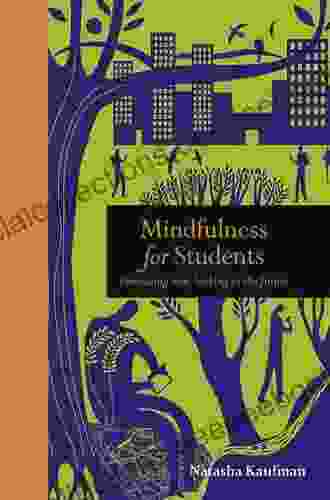
 Andy Hayes
Andy HayesEmbracing Now: Embark on a Mindfulness Journey for a...
In a world...
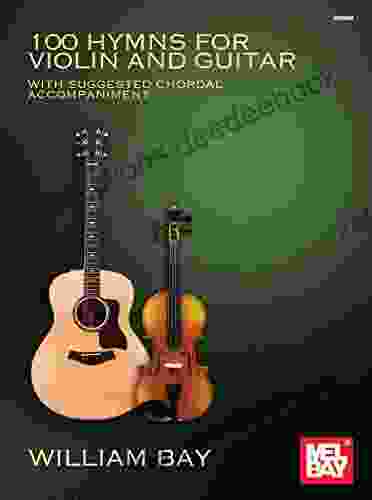
 Heath Powell
Heath Powell100 Hymns for Violin and Guitar: A Comprehensive Guide to...
The violin and...
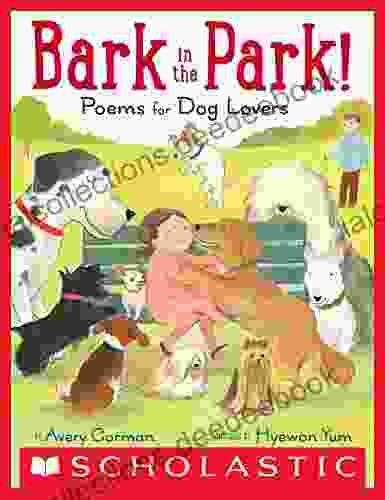
 Floyd Richardson
Floyd RichardsonBark In The Park: Poems For Dog Lovers
Dogs are our best...
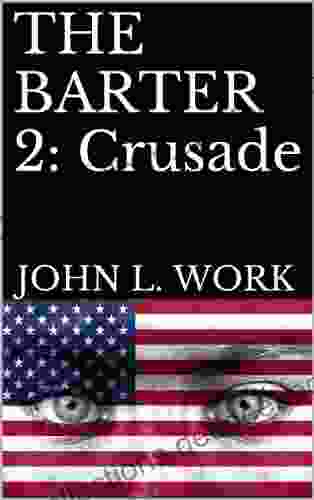
 Douglas Adams
Douglas AdamsThe Barter Crusade: A Journey into the Realm of Exchange...
In a world driven by monetary transactions,...

 Nathaniel Hawthorne
Nathaniel HawthorneInsight Guides Explore Nice & the French Riviera...
Prepare to embark on an unforgettable journey...
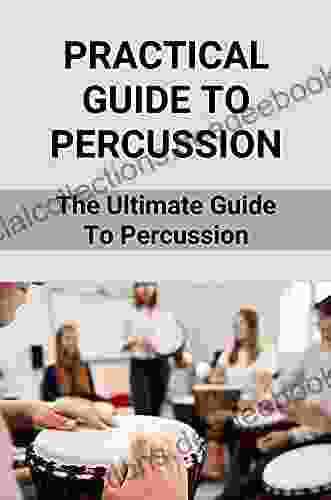
 Carlos Fuentes
Carlos FuentesThe Ultimate Practical Guide to Percussion: Exploring the...
Embark on a journey into the enchanting...
4.3 out of 5
| Language | : | English |
| File size | : | 10628 KB |
| Print length | : | 340 pages |
| Screen Reader | : | Supported |


